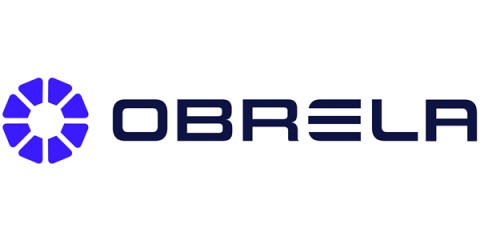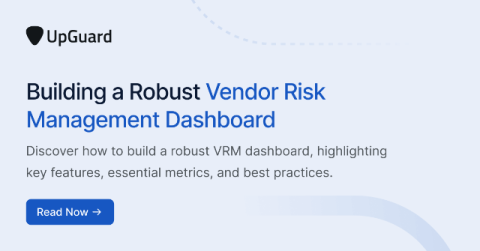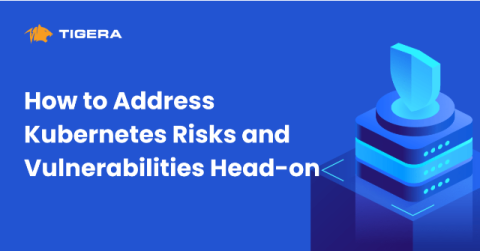A Vendor Risk Assessment Questionnaire Template
Digital relationships with third-party vendors increase opportunities for growth, but they also increase opportunities for cyberattacks — a recent study found that 61% of U.S. companies said they have experienced a data breach caused by one of their vendors or third parties (up 12% since 2016). Implementing a vendor risk management strategy aligned with frameworks like the NIST security framework can help mitigate these risks.











